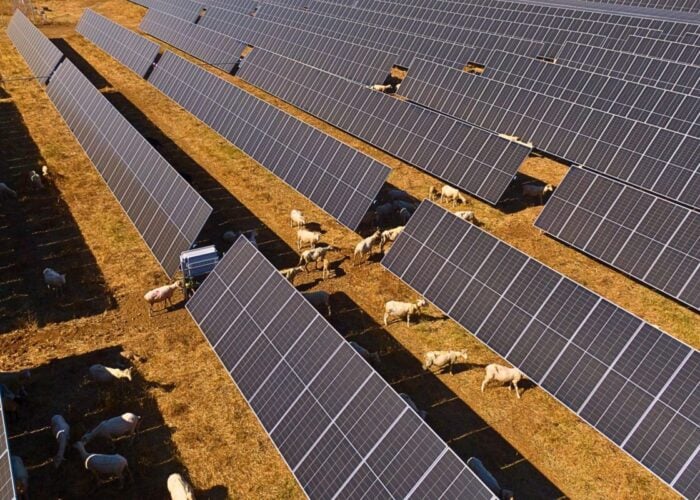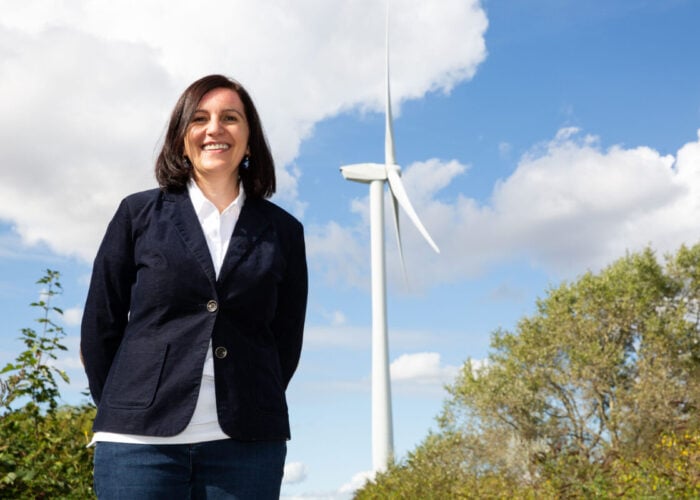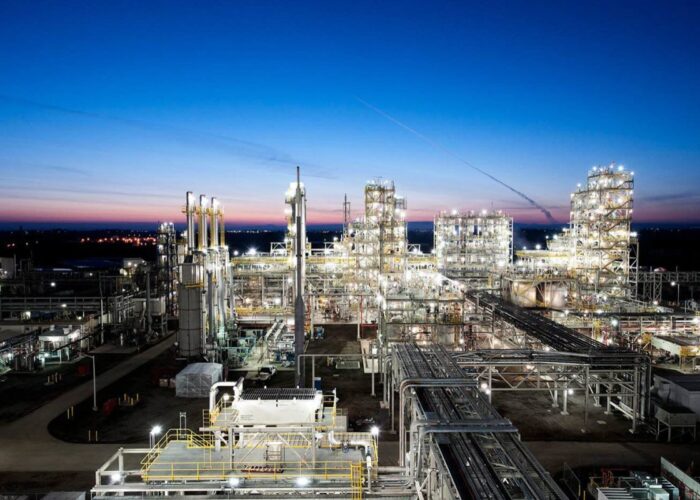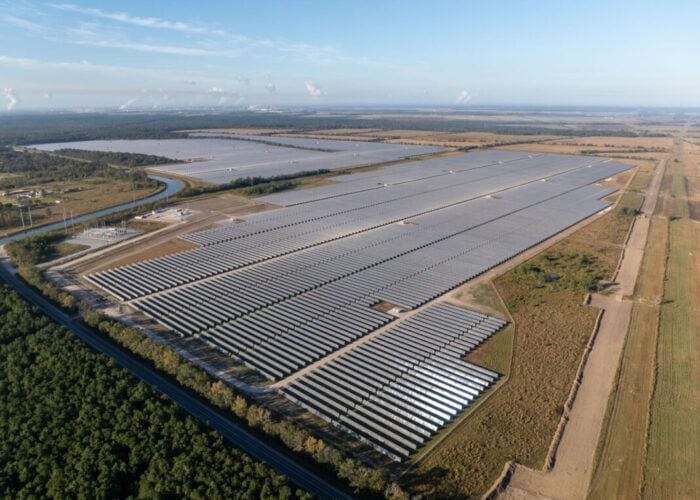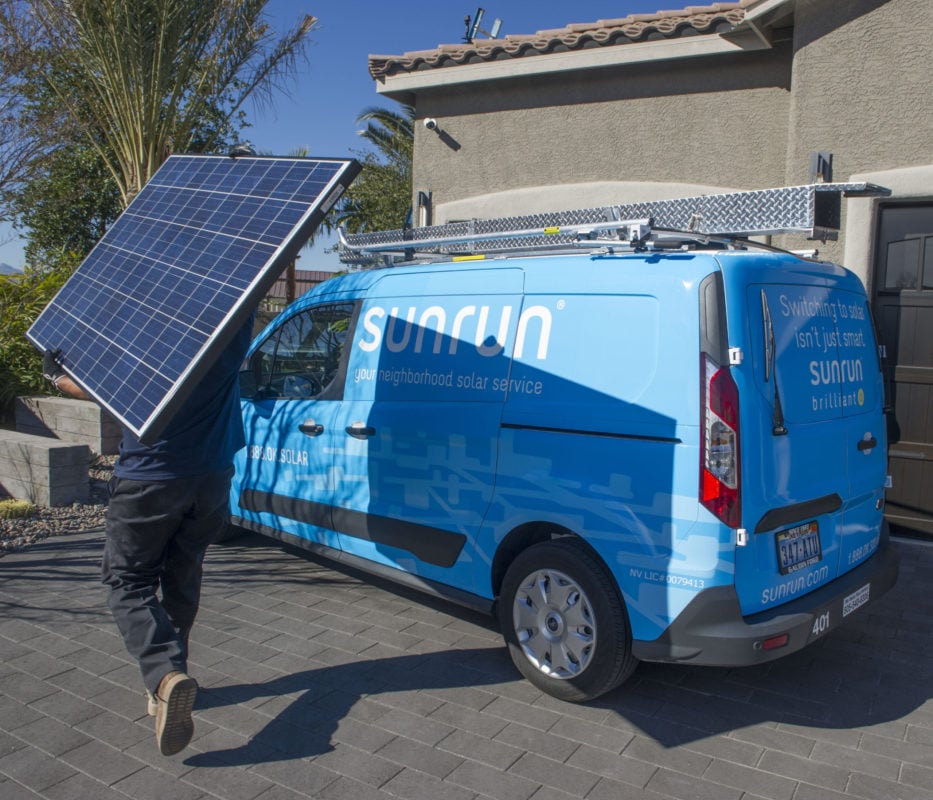
Sunrun is hoping a gradual reopening of its sales channels and the “flywheel opportunity” of grid services in the US will provide a major boost moving forward, as it targets a 20% surge in installs throughout Q3 2020.
The US residential installer posted a decline in both installations and revenue in the three months ended 30 June 2020 as it witnessed its core business impacted by the pandemic.
Unlock unlimited access for 12 whole months of distinctive global analysis
Photovoltaics International is now included.
- Regular insight and analysis of the industry’s biggest developments
- In-depth interviews with the industry’s leading figures
- Unlimited digital access to the PV Tech Power journal catalogue
- Unlimited digital access to the Photovoltaics International journal catalogue
- Access to more than 1,000 technical papers
- Discounts on Solar Media’s portfolio of events, in-person and virtual
Total installations fell by around 24% year-on-year to 78MW in Q2 2020, with revenues also falling by around 11% to US$181.3 million. Solar systems and product sales were particularly impacted in the second quarter of the year, sliding by one-third to US$75.2 million.
But despite this, CEO Lynn Jurich said the company’s performance had “exceeded expectations” in the second quarter, adding that the business was now on track to deliver sequential improvements as lockdown measures related to the COVID-19 crisis were relaxed.
The company told investors and analysts yesterday (10 August 2020) that it was now forecasting for a 20% rebound in the following quarter, with all signs pointing towards this being an achievable target. The company had not witnessed any decline in customer appetite for domestic solar in the US, merely that order volumes had tumbled on the back of restricted access to particular sales channels.
Those channels are now “gradually and safely returning”, Jurich added, prompting confidence that installs will pick up.
But while business is slowly returning to pre-pandemic levels, Sunrun did indicate that it may not be until next year that it can deliver year-on-year growth.
Sunrun remains on track to complete the acquisition of rival Vivint Solar in a US$3.2 billion all-stock deal first announced last month. Jurich said that the response to the deal from its supply chain and channel partners had been “very strong”, noting there was excitement about the benefits of new product offerings, increased brand recognition, improved pricing and increased sale.
However Jurich paid special mention to the addition of grid service offerings to its product portfolio. Sunrun doubled its number of grid service awards throughout Q2 and the company noted deals to provide California’s Bay Area with solar-storage backup power as well as a joint venture with the energy division of South Korean conglomerate SK E&S to expand into the space.
Jurich said this work, the aggregation of solar and batteries to form virtual power plants, represented a “flywheel opportunity” for the company, and would allow it to reduce prices for home solar and storage installs.
“This further increases incremental recurring revenue opportunities, while differentiating our customer offering,” Jurich said, adding that it has more than US$50 million in either awarded contracts or those in advanced stages.


